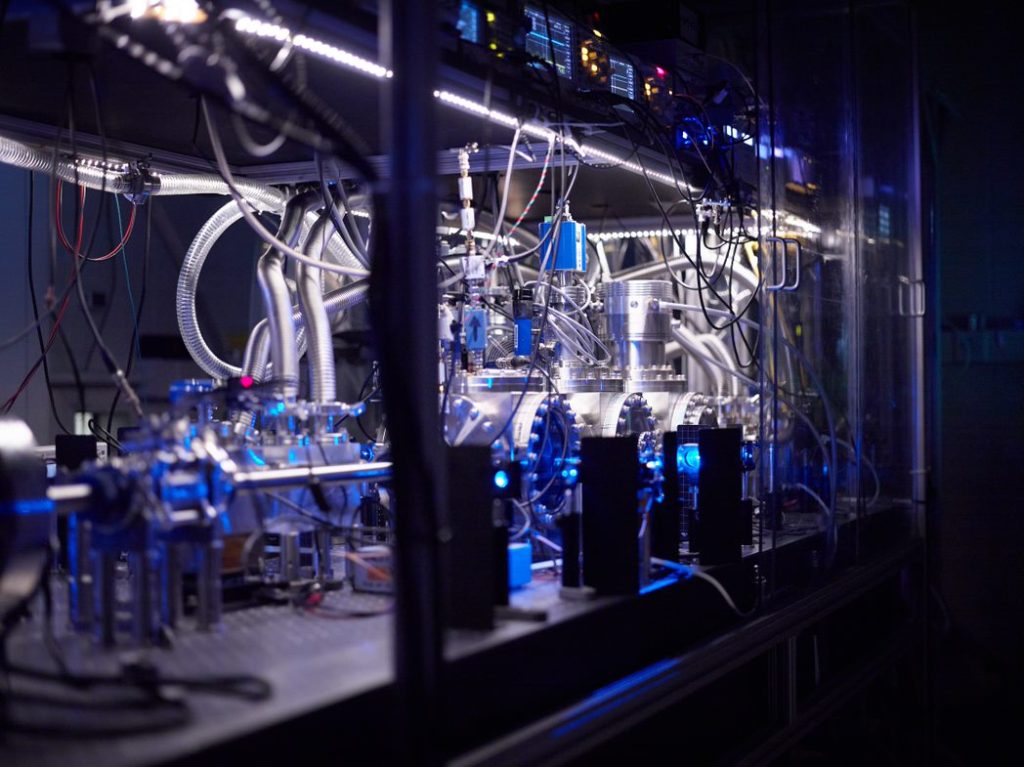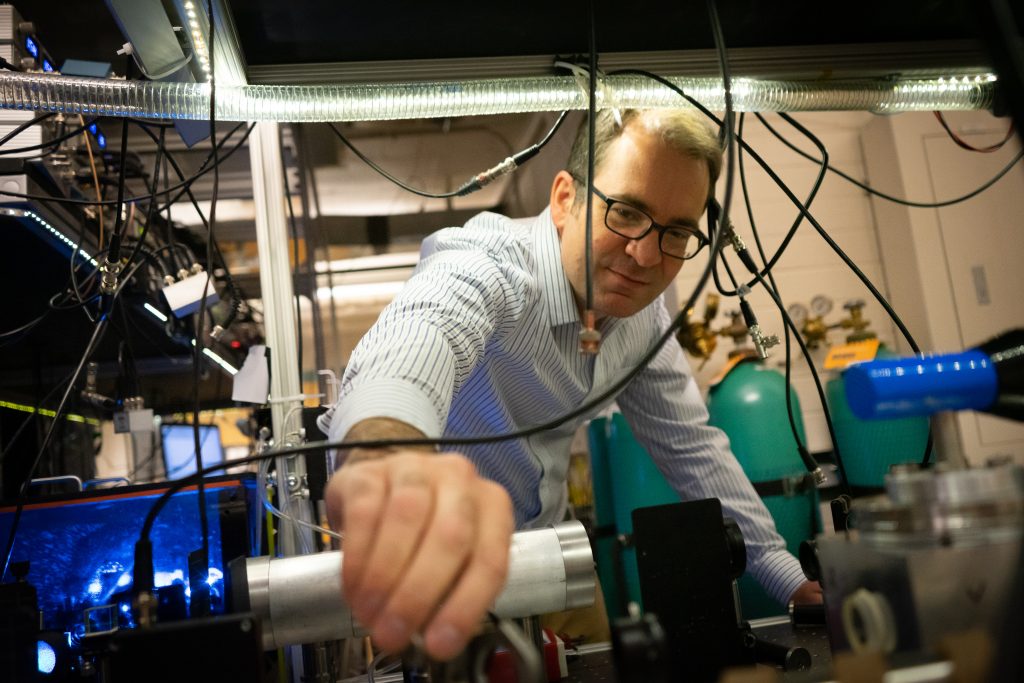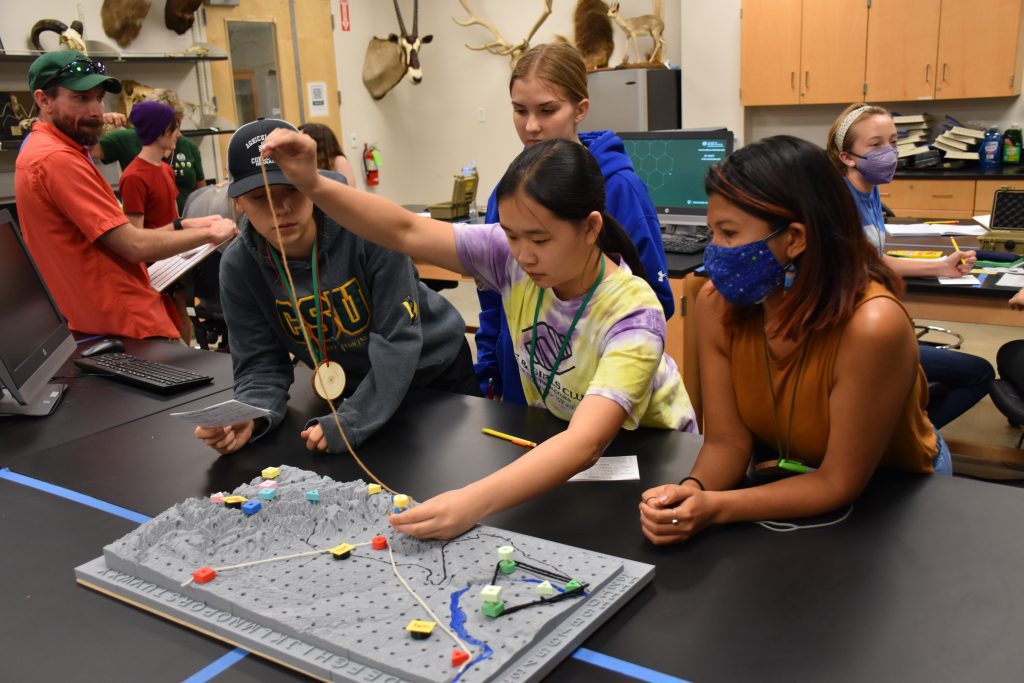Unexpected results: Measuring the proton in hydrogen
When physicist Dylan Yost compared all the ways to measure the size of the proton in hydrogen, he got varying answers. Meaning there could be something fundamental about the laws of physics that we don’t yet understand.

Imagine you and your friends are trying to solve a seemingly simple problem, such as 2 + 2. One friend uses a calculator, the other uses an abacus, and you use paper and pencil – all accepted methods for finding the correct answer. However, you all get a different answer, leading you to believe this wasn’t a simple problem after all.
This is what Dylan Yost, associate professor in the Department of Physics, and his collaborators found when they tried to take a measurement of the proton inside of a hydrogen atom.
“Hydrogen is the simplest atom; there is one proton at the center and one electron around the outside,” explained Yost. “Because it is so simple, we can get a lot of interesting physics from it.” More specifically, the simplicity of hydrogen is a relatively easy theory project for physicists, which allows for surprising connections to be made. For instance, by shining lasers at hydrogen and seeing when the atoms absorb the light —a quantum transition — physicists can measure the size of the proton.
When Yost’s lab measured the proton size — by first cooling the atoms before measuring the quantum transition — they found that the proton radius measured 8.58 femtometers (or 8.58×10^-15 meters.) This measurement disagreed with measurements made through other accepted methods. The most precise previous measurement pegged the proton radius at about 8.41 femtometers. While this 2% difference might seem small, each measurement believes they are quite accurate so the result is puzzling.
“There are several ways to study the proton’s size,” said Yost. “When we compare all these different ways, we get different answers. Any time that happens, physicists get really interested because maybe it means that there is something new going on that we don’t understand. We think we understand exactly how this electron and proton are interacting, but maybe there is something else that is creating an interaction and fooling us into thinking that the proton is larger than it actually is.”

Why does this matter to the world of physics? The answer is, we don’t know yet. “Physics is very interconnected, so if you find a problem in one place, it might be related to galaxy rotations, or dark matter, or a host of other things,” said Yost. Sometimes tiny discoveries can yield huge results.
Yost is continuing his pursuit of understanding the proton’s size, and why different measurement methods seem to produce different results. To do this he wants to slow the hydrogen down even further using a method that traps the atoms inside an “optical lattice” – a laser beam with low and high intensity points. It turns out that atoms can be attracted to high intensity points so that the optical lattice produces lots of tiny atom traps.
“If we try to measure in different labs and we get different answers, maybe that means that there is something very deep, something really fundamental that we don’t understand about how the laws of physics work,” said Yost. “What are the implications? It could be anything.”





